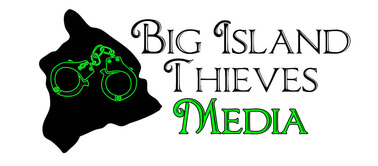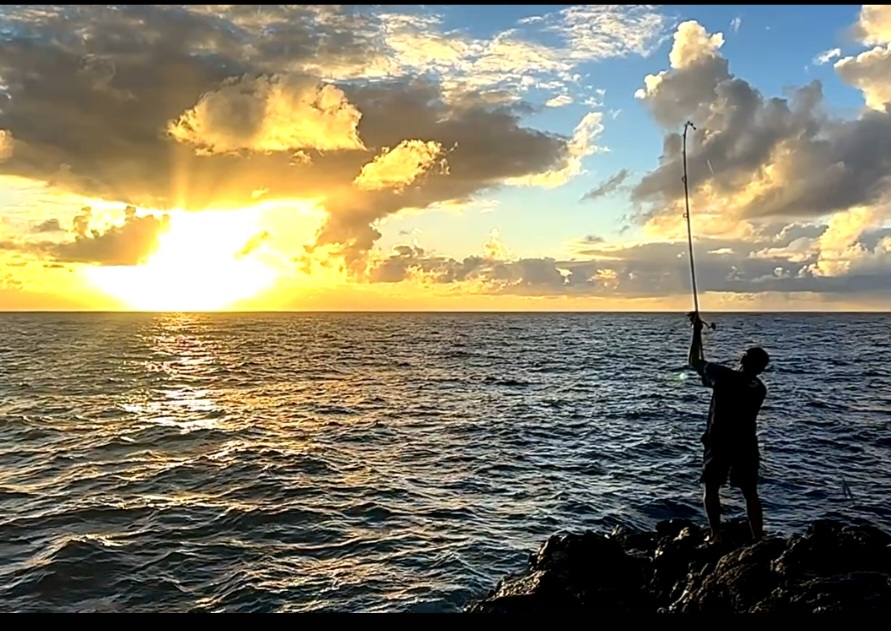The Hawai’i fishing community is being urged to take an active role in shaping the future of nearshore fishing through the Reef Habitat Plan, a statewide initiative aimed at improving fish habitats in critical areas. The plan, launched by the Department of Land and Natural Resources (DLNR) Division of Aquatic Resources (DAR), is focused on habitat restoration and will not introduce any new fishing regulations. Instead, it will direct funding and resources to boost the abundance of nearshore fisheries.
DAR acknowledges the vast knowledge and experience that Hawai’i’s fishers bring to the table and is relying on their input as the foundation for the project. As part of this initiative, an online survey is now available to gather feedback from the nearshore fishing community. The survey poses two key questions: how and where can the state improve nearshore fish habitats? Fishers can participate by visiting the Reef Habitat Plan website.
“ʻFor Fishers, By Fishers’ means we are collaborating directly with the fishing community to create a plan that reflects what fishermen want and need,” said Tyler Kueffner, DAR’s Reef Restoration and Fisheries liaison. “The voices of lawaiʻa (fishermen) are critical in ensuring that our government responds to what fishers already understand about the state of our marine resources.”
Restoration efforts already suggested by the fishing community include creating artificial reefs, coral outplanting, removing invasive species like limu (seaweed), and researching the impacts of invasive fish such as roi (peacock grouper), ta’ape (blue-striped snapper), and to’au (bigfin reef squid). Additionally, the plan will address freshwater quality and quantity issues through collaboration with other agency partners. Feasibility for each proposed restoration project will be assessed based on practicality, cost, habitat conditions, and interagency cooperation. Funding for the initiative comes from federal coral reef restoration grants.
Since its launch, the project has received input from more than 250 participants through outreach events held across the state—on Moloka’i, Maui, O’ahu, Hawai’i Island, and Kaua’i—along with online engagement through social media. In the coming weeks, DAR will host island-specific meetings to discuss areas where fish habitats need attention. These meetings will continue into early 2025, with the goal of developing a draft plan based on feedback from fishers, biologists, and other stakeholders.
Hawai’i’s nearshore fishers are deeply invested in the future of the state’s marine resources, and DAR is encouraging everyone to get involved. “The best way to get involved is by completing the online survey,” Kueffner added. “It’s quick, anonymous, and takes just three minutes.”
Fishers interested in shaping the future of Hawai’i’s fisheries can access the survey and learn more about the Reef Habitat Plan by visiting the official website.
Reef Habitat Plan Website: https://arcg.is/5v84S0
Online Survey: https://arcg.is/vaDvX0
Live Survey Results: https://histategis.maps.arcgis.com/apps/dashboards/ff8813e8be664d2abb0a3a3485fc39f2
For more information, contact the Reef Habitat Plan: DAR-restoration@hawaii.gov

